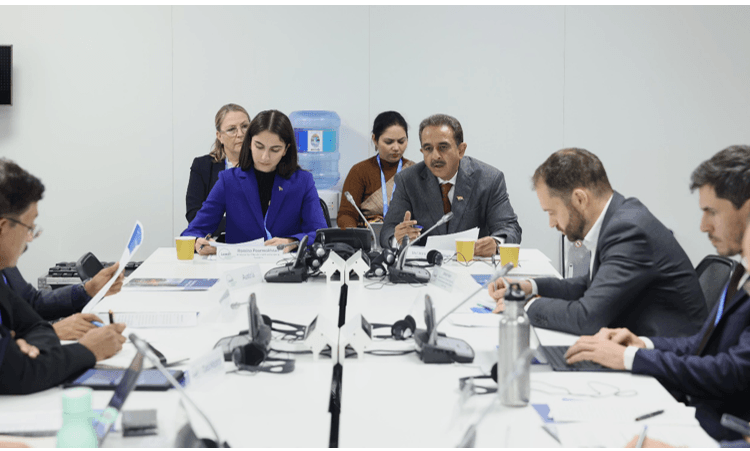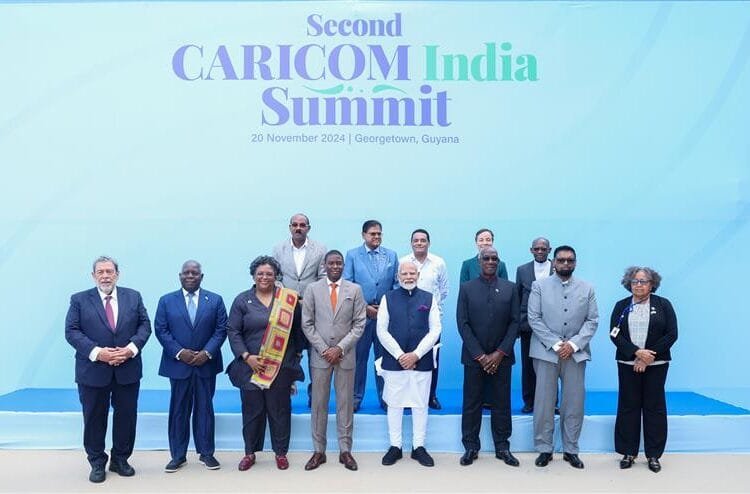Purchasing and surrendering emission allowances under EU ETS can be costly for shipping companies, says Ng
The global regulatory framework aiming to decarbonize the shipping industry has reached a considerable level of complexity, confronting Asian shipowners and operators with the challenging task of collecting, managing, verifying and reporting emission data on a regular basis. DNV has developed a comprehensive online emission data validation and management tool that helps the industry share trustworthy data https://www.iea.org/.
New rules require a new approach
The IMO’s Carbon Intensity Indicator (CII), the management of EU allowances (EUAs) within the EU Emissions Trading System (ETS), and the forthcoming FuelEU Maritime Regulation come with challenges for the maritime industry. There are still wide-spread misconceptions about the EU ETS scheme, and many registered owners have not realized that it is their responsibility to report emissions and purchase EUAs for their vessels operating in European waters https://www.nseindia.com/.
“Purchasing and surrendering emission allowances under the EU ETS can be costly for shipping companies,” explains Dominic Ng, Head of APAC Veracity at DNV in Singapore. “This has consequences for contractual agreements between parties across the value chain .”
For shipowners, ship operators and managers, charterers and cargo owners, it is crucial to collaborate closely to ensure compliance and avoid the risks of defaulting on emission reporting duties, incurring unnecessary costs, and experiencing data handling errors. For example, to compute ETS exposure and file the consolidated end-of-voyage emission reports, charterers need daily emission data feeds from their ships https://www.bseindia.com/.
A digital tool establishing a single source of truth
Of critical concern is the accuracy and reliability of the reported emission data because it influences the number of EU allowances that must be purchased. The data collected on board should therefore be verified and receive a “stamp of approval” from a trusted third party https://www.conexpoconagg.com/.
Recognizing these needs, DNV developed its online tool Emissions Connect, available on the Veracity platform. “Emissions Connect combines three key functionalities the shipping industry needs to comply with decarbonization regulations: consistent management of emissions data, easy integration of business partners, and quick generation of the mandatory statements,” Ng points out. “It provides the trusted single source of truth everyone needs for efficient emission reporting .”
Union Marine believes in being proactive
Many shipowners in Asia erroneously believe that EU ETS compliance is exclusively the charterer’s responsibility, says Vinay Gupta, Founder and Managing Director of Singapore-based Union Marine Management Services Pte Ltd (UMMS). “We started our EU ETS compliance programme in August of 2023. I personally held a two-hour session with each of our 18 clients operating ships in EU waters, explaining to them what EU ETS stands for and how it will affect them, how they can manage it, and how they can mitigate any inherent risk http://euronext.com.”
UMMS had been using DNV’s Veracity data platform for IMO DCS and EU MRV verification since 2019. When Emissions Connect was added, DNV helped UMMS integrate the solution with their ERP system through an application program interface (API). Today UMMS uses Emissions Connect for all vessels going on EU voyages, or roughly 25 per cent of their managed fleet https://sbi.com.in/.
Convenience, transparency and data security
“Emissions Connect has added value by streamlining the way our data is arranged,” Gupta continues. “Following integration of Emissions Connect, we were able to identify the gaps in our reporting system and now the data undergoes many more levels of checks and sanitation before it is synchronised with the Emissions Connect portal for verification.”
“Verified EU ETS statements can be generated quickly and submitted to the owner or charterer within seven days of voyage completion”, Gupta adds. “Emissions Connect has a user-friendly interface, and its voyage simulation feature assists in planning future CII ratings for an intended voyage, helping managers proactively maintain vessel emission levels. All this brings added value to our clients.”
When a German bank offered its emission allowance trading services to UMMS, Gupta opened a certificate trading account as the final element in a seamless EU ETS value chain: Fuel consumption data captured on board and transmitted to shore in the noon report is subsequently routed through the API to DNV’s Veracity and Emissions Connect, where it is quality assured and verified. From here the trusted data is seamlessly transmitted to the trading account. “This end-to-end process is so convenient we are now offering it as a service to many clients, including some whose ships are not even under our management,” says Gupta.
“With the DNV Emissions Connect, we can have transparency and effective monitoring of the data being submitted and verified,” explains Gupta. “All the calculations on Emissions Connect are in line with the latest requirements and are accepted industry-wide.” Thanks to its EU ETS know-how, UMMS can now be of help to companies struggling to understand the regulation. “Many owners still don’t know what it is they need to know to carry on with their business,” Gupta points out.
Getting ready for FuelEU Maritime
“DNV are very mature in their understanding of the regulations and how they have to be implemented,” summarizes Gupta. “They are a good partner to have in the current situation – a very collaborative, proactive, forward-thinking organization.”
As both companies’ experiences with the EU ETS introduction have shown, this proactive mindset is enormously helpful in coping with regulatory challenges. Both organizations strongly believe in helping shipowners understand that increasing the efficiency of their vessels can improve CII ratings, lower EU ETS costs incurred and enhance the competitiveness of their vessels.
The next major challenge, FuelEU Maritime, will add further complexity to emissions reporting: Reconciling regulatory deadlines and commercial obligations will require even closer alignment and synchronization between the stakeholders. However, with a unified, common data architecture and a centralized “single source of truth” available for secure data sharing, and with a smooth emission reporting process in place, that next step should quickly lose its scare. Fiinews.com










